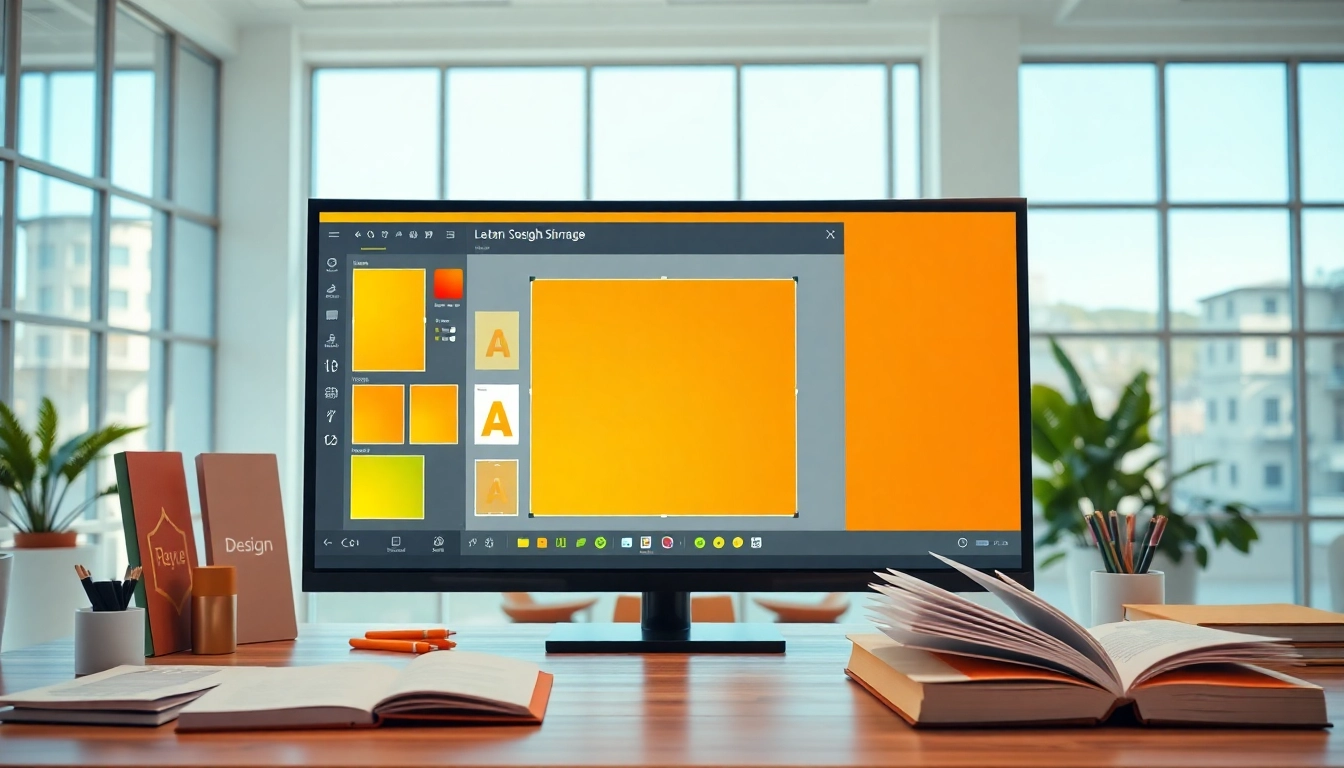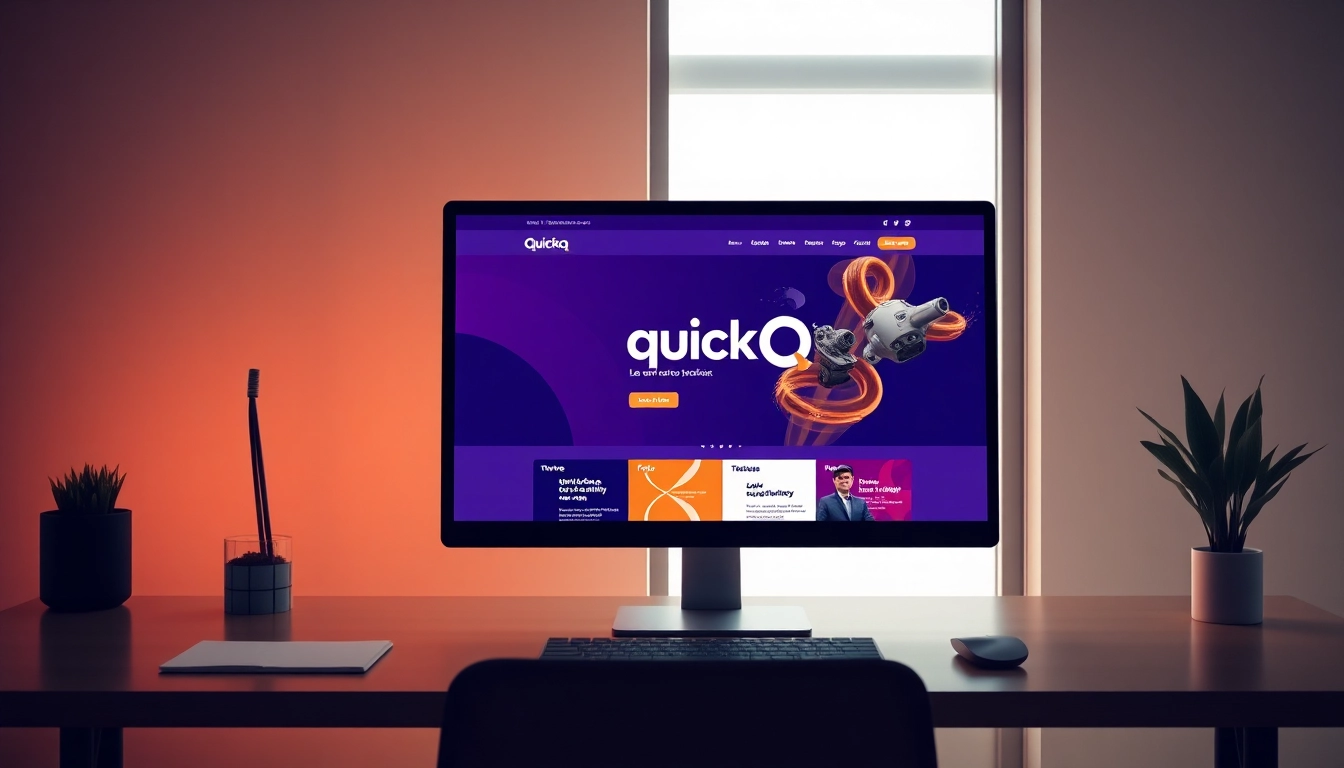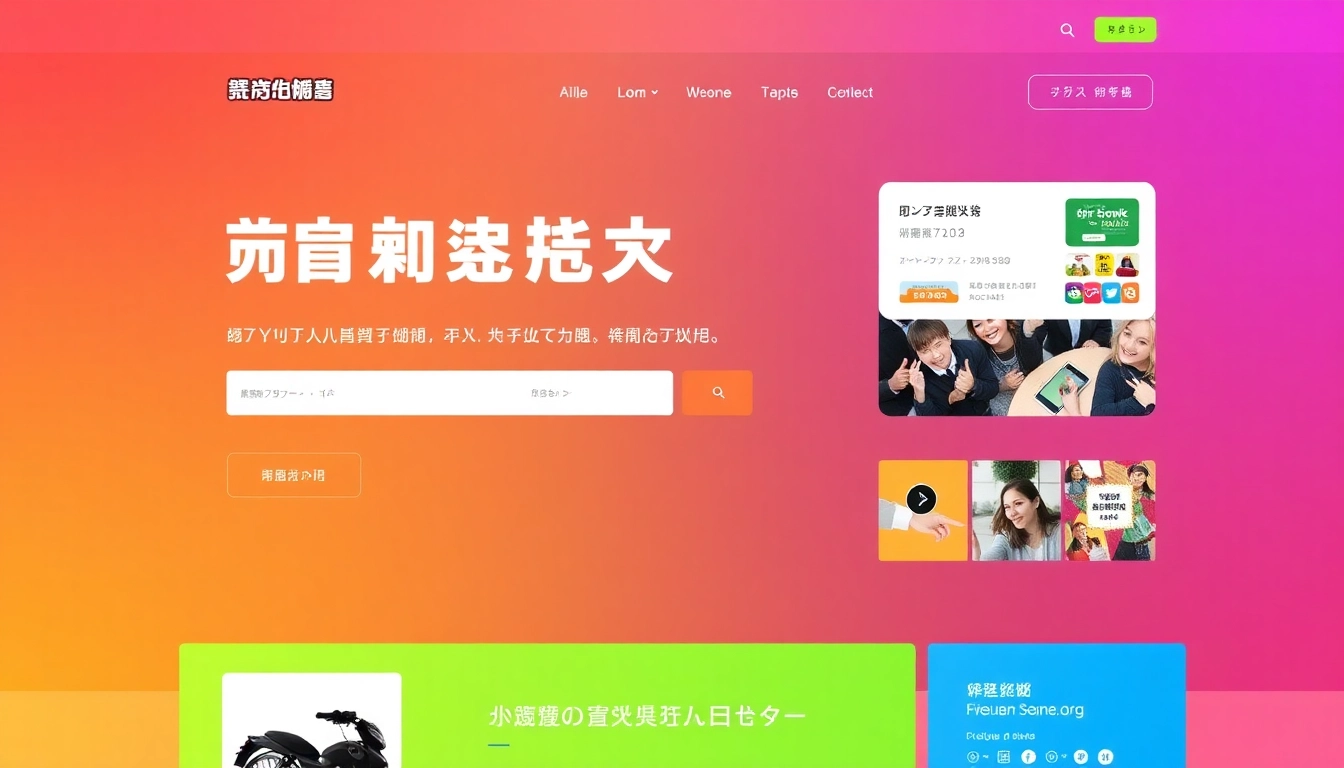Understanding Canva Alternatives for Signage
In the ever-evolving world of digital design, creative professionals and businesses alike are seeking efficient and powerful tools to create visually appealing signage. As one of the most recognized platforms for graphic design, Canva offers a plethora of templates and tools. However, for those looking for different perspectives or functionalities, numerous Canva alternative for signage can provide innovative features that cater to specific needs and design desires. This comprehensive guide explores the landscape of alternatives to Canva, detailing their functionalities and suitability for signage design.
What is a Canva Alternative for Signage?
A Canva alternative for signage refers to any graphic design platform that offers a similar range of tools and functionalities as Canva, specifically tailored for creating signage. These alternatives often focus on enhancing design efficiency, providing unique templates, and incorporating features that are beneficial for producing eye-catching and effective signage. They can range from online editing tools available to anyone, to more specialized software designed for marketing teams or graphic design professionals.
Key Features of Effective Design Tools
When evaluating alternatives to Canva for signage, it’s crucial to consider the features that contribute directly to an effective design process. Notable features include:
- Intuitive User Interface: A clean, user-friendly layout that allows users to navigate the platform effortlessly.
- Customizable Templates: A robust library of templates that can be adjusted to fit the unique branding needs of businesses.
- Collaboration Tools: Features that support team collaboration in real-time, enabling multiple users to provide feedback and make changes.
- Export Options: Various formats for exporting designs, ensuring compatibility with different print and digital media.
- Advanced Design Elements: Access to unique fonts, images, and graphics that can enhance the overall aesthetic of the signage.
User Needs and Expectations in Signage Design
Understanding what users need and expect from design tools is essential for creating an effective signage solution. Users typically seek:
- Quick Designs: The ability to create professional-looking signage in less time.
- Cost-Effectiveness: Affordable pricing plans that don’t compromise on quality.
- Support and Resources: Access to tutorials, customer service, and a community for guidance and inspiration.
- Mobile Accessibility: Tools that can be accessed on various devices, including smartphones and tablets for on-the-go designing.
Top Features to Look for in a Canva Alternative for Signage
User-Friendly Interface and Accessibility
A key requirement in any design tool is its user interface (UI). A user-friendly design not only enhances the experience but also speeds up the overall design process. When selecting a Canva alternative for signage, the accessibility of the interface across devices should also be considered. This ensures that users can work on their projects from anywhere, with ease and convenience.
Diverse Templates and Customization Options
Templates are core to any design process, especially for signage where quick turnaround times may be necessary. A valuable alternative to Canva will provide a wide array of customized templates specific to signage needs – such as posters, flyers, banners, and infographics. Furthermore, users should be able to adjust colors, fonts, and layouts to maintain brand consistency while customizing designs effectively.
Collaboration and Sharing Capabilities
Collaboration is increasingly important in modern design projects, particularly in workplaces where feedback and teamwork drive the creative process. Effective design tools incorporate collaboration functionalities, such as real-time editing, commenting features, and easy sharing options that allow multiple users to engage with the design concurrently.
How to Choose the Right Canva Alternative for Signage
Assessing Your Specific Design Needs
Choosing the right alternative begins with clearly defining specific design needs. Whether it’s creating signage for an event, marketing materials for a business, or informational graphics for presentations, understanding the scope of the project can guide users to select the most suitable platform. Consider aspects like the type of signage, required formats, and the anticipated volume of designs needed over time.
Looking at Pricing Models and Flexibility
Price models vary dramatically among design tools, ranging from free versions offering limited functionality to premium packages providing extensive features. It’s essential to weigh the costs against the necessary tools and resources that will contribute to effective signage creation. Additionally, flexible pricing plans that allow for scalability can be particularly useful for businesses that anticipate growth.
Exploring User Reviews and Testimonials
User feedback is a goldmine of information when investigating design tools. It provides insights into the functionality, support, and overall satisfaction of users who have engaged with the platform. Reading user reviews, evaluating case studies, and considering testimonials enhances the decision-making process by offering a realistic perspective on the tool’s capabilities.
Examples of Effective Signage Created Using Alternatives
Case Studies of Successful Digital Signage Projects
Real-world examples showcase the effectiveness of using alternatives for signage design. Numerous successful digital signage projects highlight the creativity and branding opportunities available to those who utilize these tools. Case studies can provide step-by-step insights into how businesses took advantage of specific features to accomplish their design goals.
Comparing Visual Impact Across Different Tools
The visual appeal of signage plays a crucial role in communicating messages effectively. By comparing the final designs produced by different tools, users can evaluate which alternative provides superior image quality, clarity, and overall aesthetic appeal. It’s beneficial to analyze various design outcomes based on identical requirements to identify the best-performing options.
User Feedback on Signage Results
Examining feedback related to specific signage results from different design platforms can offer valuable insights into their practical effectiveness. Positive user experiences typically indicate a tool’s efficiency while negative feedback can highlight potential drawbacks or limitations. Gathering this information helps set realistic expectations for prospective users of design tools.
Maximizing Your Experience with a Canva Alternative for Signage
Tips for Getting Started with Digital Signage Tools
Once you’ve selected a suitable design tool, onboarding and familiarization are essential for maximizing its potential. Users should leverage tutorials and webinars to explore features comprehensively. Setting up a robust workflow that includes brainstorming sessions, drafting timelines, and team collaborations can streamline the design process significantly.
Best Practices for Design and Layout
Implementing best practices in design and layout is critical in producing high-quality signage. Users should prioritize simplicity, clarity, and consistency across designs. Utilizing effective typography, contrasting colors, and a clean layout ensures that the message is not only conveyed but also resonates well with the target audience.
Tracking Performance and Engagement of Your Signage
Monitoring the effectiveness of signage designs is crucial for evaluating impact and making necessary adjustments. Businesses should employ tracking metrics such as audience reach, engagement levels, and feedback collections post-implementation. Understanding these performance indicators can inform future design decisions and modifications.















Leave a Reply